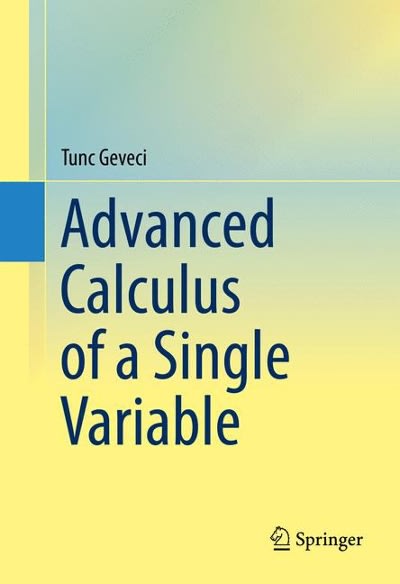Answered step by step
Verified Expert Solution
Question
1 Approved Answer
A grocery store manager did a study to look at the relationship between the amount of time (in minutes) customers spend in the store and
A grocery store manager did a study to look at the relationship between the amount of time (in minutes) customers spend in the store and the amount of money (in dollars) they spend. The results of the survey are shown below.
| Time | 22 | 5 | 16 | 29 | 7 | 25 | 9 | 30 |
|---|---|---|---|---|---|---|---|---|
| Money | 70 | 26 | 63 | 92 | 10 | 105 | 51 | 87 |
- Find the correlation coefficient: r=r= Round to 2 decimal places.
- The null and alternative hypotheses for correlation are: H0:H0: ? r == 0 H1:H1: ? r 0 The p-value is: (Round to four decimal places)
- Use a level of significance of=0.05=0.05to state the conclusion of the hypothesis test in the context of the study.
- r2r2= (Round to two decimal places)
- Interpretr2r2:
- The equation of the linear regression line is: yy^ = + xx (Please show your answers to two decimal places)
- Use the model to predict the amount of money spent by a customer who spends 16 minutes at the store. Dollars spent = (Please round your answer to the nearest whole number.)
- Interpret the slope of the regression line in the context of the question:
- Interpret the y-intercept in the context of the question:
- The y-intercept has no practical meaning for this study.
- The average amount of money spent is predicted to be $9.72.
- The best prediction for a customer who doesn't spend any time at the store is that the customer will spend $9.72.
- If a customer spends no time at the store, then that customer will spend $9.72.
- For every additional minute customers spend at the store, they tend to spend on averge $2.98 more money at the store.
- As x goes up, y goes up.
- The slope has no practical meaning since you cannot predict what any individual customer will spend.
- There is a 83% chance that the regression line will be a good predictor for the amount of money spent at the store based on the time spent at the store.
- 83% of all customers will spend the average amount of money at the store.
- There is a large variation in the amount of money that customers spend at the store, but if you only look at customers who spend a fixed amount of time at the store, this variation on average is reduced by 83%.
- Given any group that spends a fixed amount of time at the store, 83% of all of those customers will spend the predicted amount of money at the store.
- There is statistically insignificant evidence to conclude that a customer who spends more time at the store will spend more money than a customer who spends less time at the store.
- There is statistically significant evidence to conclude that a customer who spends more time at the store will spend more money than a customer who spends less time at the store.
- There is statistically insignificant evidence to conclude that there is a correlation between the amount of time customers spend at the store and the amount of money that they spend at the store. Thus, the use of the regression line is not appropriate.
- There is statistically significant evidence to conclude that there is a correlation between the amount of time customers spend at the store and the amount of money that they spend at the store. Thus, the regression line is useful.
Step by Step Solution
There are 3 Steps involved in it
Step: 1

Get Instant Access to Expert-Tailored Solutions
See step-by-step solutions with expert insights and AI powered tools for academic success
Step: 2

Step: 3

Ace Your Homework with AI
Get the answers you need in no time with our AI-driven, step-by-step assistance
Get Started


